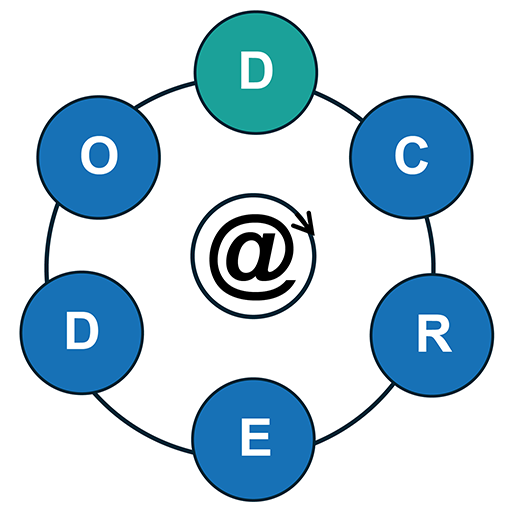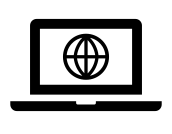Two weeks after launching the D-CREDO White Paper, it’s a good moment to take a step back and share how it came to life – not just what’s in it, but how we got there.
The White Paper wasn’t created overnight, nor was it the work of a single individual. However, the lion’s share of the effort undoubtedly belongs to Jonas, who not only coordinated the entire process but also authored the final version. Over several months (especially between March and May 2025) an interdisciplinary team of educators, clinicians, learning designers, and digital health experts met regularly to build something that would be both theoretically grounded and practically useful.
Coordinated by Erasmus MC as the lead for Work Package 2, this group worked through structured online sessions every two weeks. In each session, we focused on a specific part of the paper, exchanged perspectives, reviewed contributions, and gave feedback. The process was designed to be iterative – a steady cycle of writing, reviewing, and refining that gave room for clarity, disagreement, and consensus-building.
Early on, we developed a shared structure for the paper. It included sections on the theoretical underpinnings, a conceptual and methodological framework, identified gaps in current practice and literature, and recommendations for educators, institutions, and policymakers. That structure helped guide our work and gave each contributor a clear role in the process.
We didn’t just draw from our own ideas. Alongside our group sessions, we ran a survey across all D-CREDO partners to prioritize the most relevant learning theories, teaching approaches, and assessment strategies for integrating digital tools into clinical reasoning (CR) education. This collective input helped us focus on what matters most: making CR education more aligned with today’s digital healthcare environments. Some of the theories we landed on – like Cognitive Load Theory, Distributed Cognition, and Reflective Practice – now serve as the backbone of our recommendations. They help bridge the space between classic educational principles and new digital realities.
Each section of the White Paper was written by those with specific expertise, supported by literature from both our own rapid review and additional readings. Contributions came with references, examples, and teaching ideas – and no section went unchallenged. Constructive critique was part of the process, and the result was a paper that reflects not only what we know, but also how we work together. Jonas from Erasmus MC helped bring it all together, synthesizing text, aligning terminology, and shaping the final narrative. Regular presentations throughout the process allowed us to pause, review, and adjust. In May, we hosted a special brainstorming session to explore future research questions – many of which made it into the final section of the paper.
By the time our consortium met in person in Munich at the end of May, the White Paper was nearly complete. We presented the pre-final version, invited one last round of feedback, and discussed how best to bring it into the world. That face-to-face meeting gave the work a sense of closure – and momentum for the next steps.
What We Learned
Working on this White Paper confirmed a few things we already suspected and taught us some new lessons along the way:
- First, interdisciplinary collaboration takes time, but it pays off. The range of expertise in the group meant we had to invest effort in aligning language, expectations, and priorities. But that diversity also pushed the paper to be more complete and better reasoned.
- Second, structure matters. Our biweekly meetings, clear roadmap, and shared deadlines helped keep the momentum going. Without that, it would have been easy for a project like this to lose coherence or stall out.
- Finally, we learned how challenging it still is to bring digital health tools meaningfully into clinical reasoning education. The literature is fragmented, the tools are often not designed with education in mind, and there’s no one-size-fits-all approach. This paper doesn’t solve all of that, but it does give educators and curriculum designers a clearer starting point.
Now that the D-CREDO White Paper is published, we hope it will become a useful guide for educators seeking to integrate digital tools into their CR teaching. It’s built to be shared, adapted, and discussed – and we’re excited to see where it goes from here.
You can download and read the full White Paper here: https://d-credo.eu/?sdc_download=1120&key=5w1ruu0musltnjdgmee3ilaw75qsjh
Stay connected with D-CREDO and follow our journey on LinkedIn for more updates, insights, and stories.





